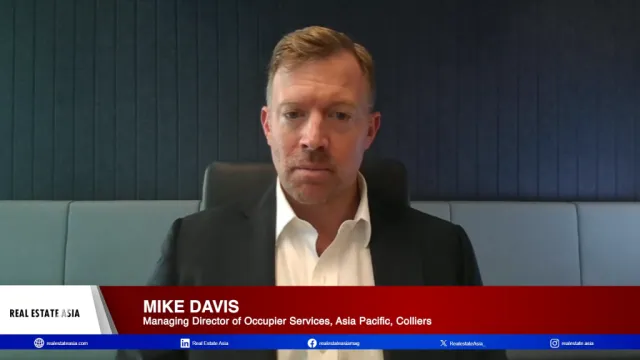
Singapore retail vacancy rate rises in Q1 after three consecutive quarters of decline
The vacancy rate slightly increased to 6.7% in Q1 2024.
The URA statistics showed that the retail property market in Singapore succumbed slightly under the pressure of persisting macroeconomic headwinds, specifically, inflationary pressures and an elevated interest rate environment.
According to JLL, in 1Q24, vacancy rates rose slightly, despite resilient occupier demand in the broader retail market and moderated supply conditions. URA’s islandwide vacancy rate rose 0.2 percentage point q-o-q to 6.7% in 1Q24, following three straight quarters of decline. This was led by higher vacancy rates in the Downtown Core, Rest of Central Area and Fringe areas in the Central Region, and Outside Central Region.
Here’s more from JLL:
We observed strategic expansion in the broader retail market in diverse trades, primarily food and beverage operations, fashion apparel brands, entertainment establishments, active lifestyle/sports-related operations and beauty and wellness establishments.
However, business closures in selected malls from underperforming retailers due to higher operational costs, keen competition, unpopular retail concepts and changing consumer preferences likely drove vacancy rates higher.
In 1Q24, retail fashion brand Zara ceased its operation at Marina Square while Times Bookstores closed its branches at Plaza Singapura and Waterway Point due to declining sales and low foot traffic in stores. On a positive note, The Travel Store now occupies the retail space at Plaza Singapura previously occupied by Times Bookstores.
Additionally, Emart24, a South Korean convenience store chain, closed all three outlets in Singapore, including those at malls, namely Jurong Point and NEX. Tom & Stefanie, a children’s fashion retailer, closed its outlet at West Mall, which had been in operation for 25 years.
Retail rents declined in 1Q24 on the back of rising vacancy rates. URA’s retail rental index in the Central Region fell 0.4% q-o-q in 1Q24 for the second consecutive quarter, extending the 0.1% q-o-q dip in 4Q23. The uncertain economic outlook, which led landlords to compromise on rents to prioritise occupancy rates, likely led to the decline in rents in 1Q24.
On a positive note, retail asset prices continued to rise, despite falling retail rents. The URA price index in the Central Region rose 1.8% q-o-q in 1Q24, marking the fourth consecutive quarter of an increase.
Increasing capital allocation towards retail assets likely drove retail asset prices higher as investors continued to favour quality retail assets for the rent growth outlook, the favourable supply-demand fundamentals of the retail property market, a positive yield spread over funding costs and the asset class’s scarcity value. Y
2024 Outlook
Notwithstanding the mixed performance in 1Q24, looking ahead, retailers are likely to continue expanding strategically in a move underpinned by sustained domestic consumption amid a tight labour market and tourism growth (business and leisure).
On the tourism front, the pipeline of business travel and meetings, incentive travel, conventions and exhibitions (BTMICE), improved flight connectivity and capacity, and the mutual 30-day visa exemption arrangement between Singapore and China will further boost the tourism recovery.
This will drive vacancy rates of quality retail assets lower for the rest of 2024, amid a moderated supply pipeline, and extend rent growth for the rest of 2024. We maintained our view that rents for prime floor space are projected to continue growing into 2024 by 1.5–2.5% y-o-y, based on JLL Research’s retail asset portfolio.
With market liquidity coupled with the scarcity of tradeable retail assets, rising rents should drive the price growth of prime floor space in quality retail assets for the rest of 2024.



















 Advertise
Advertise






